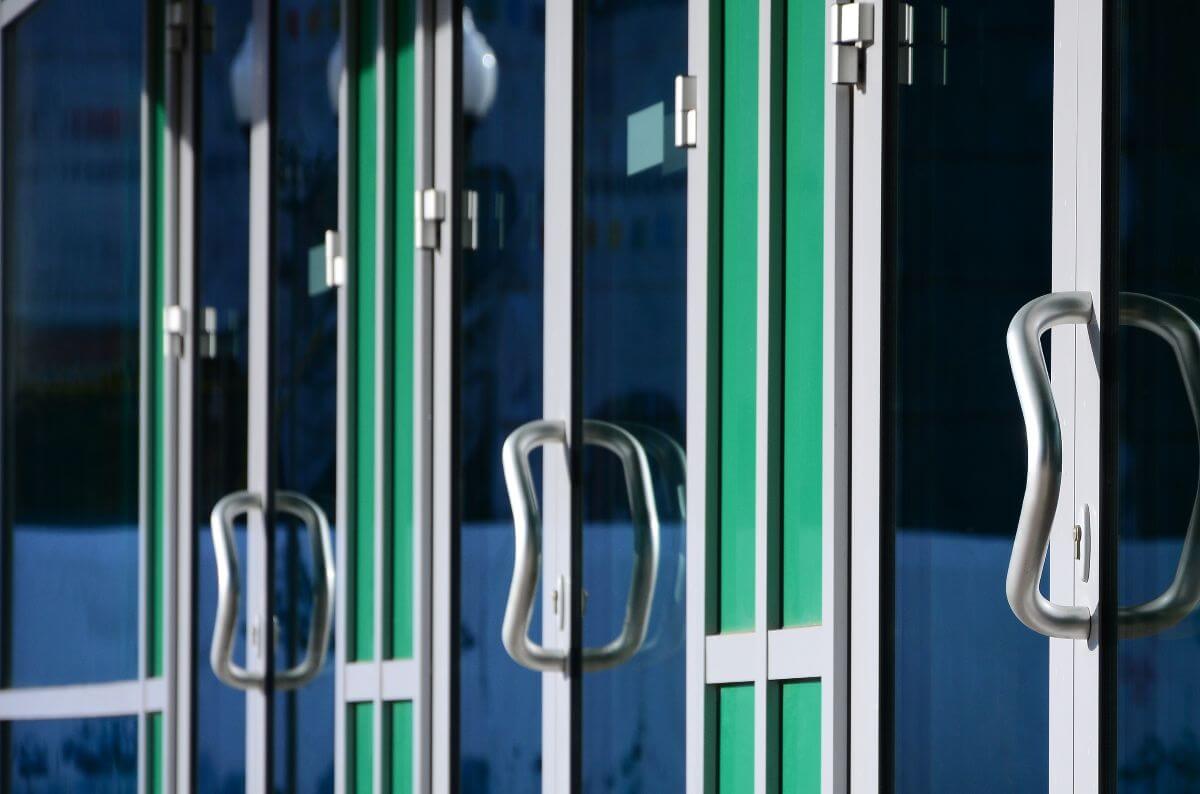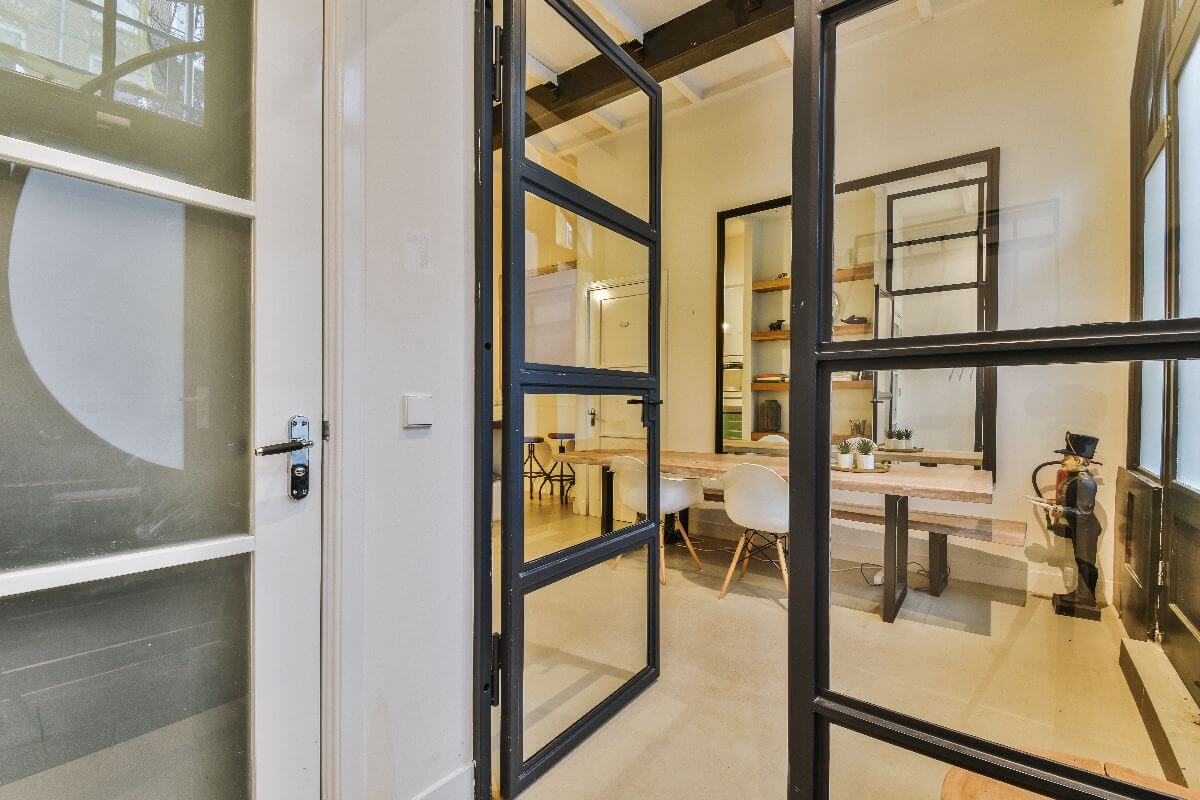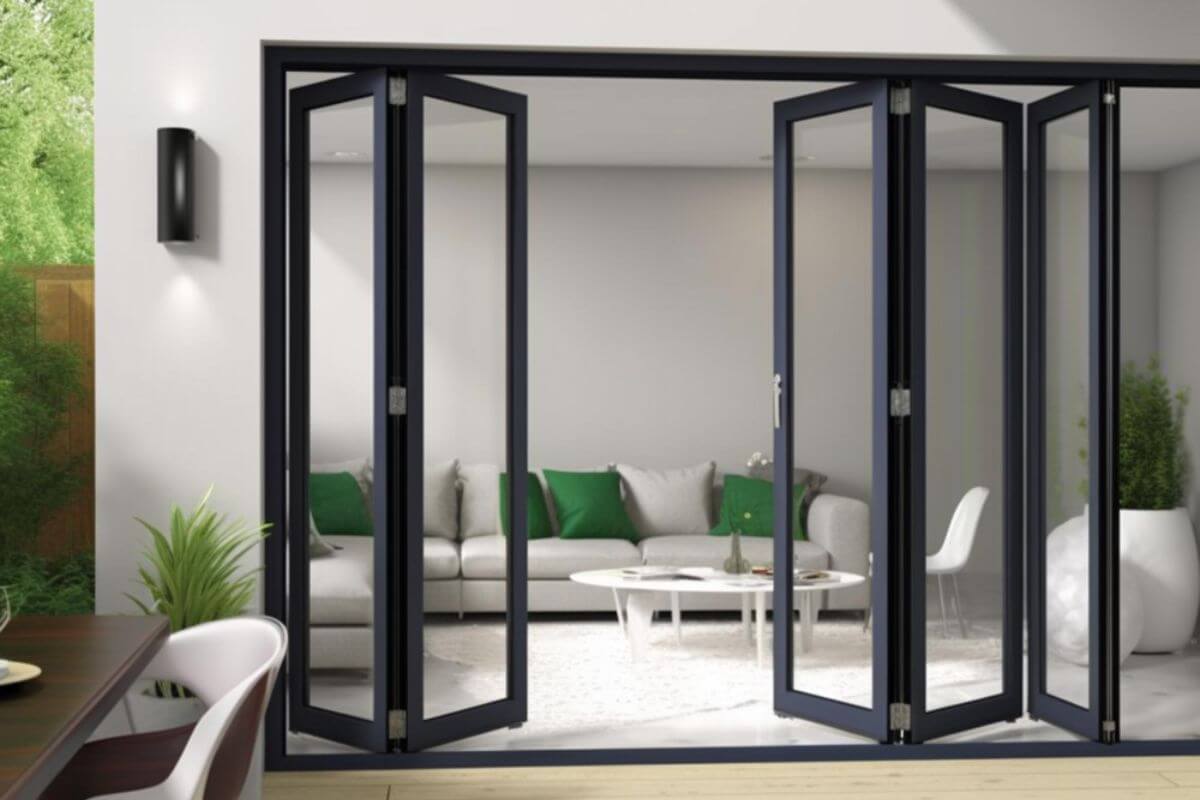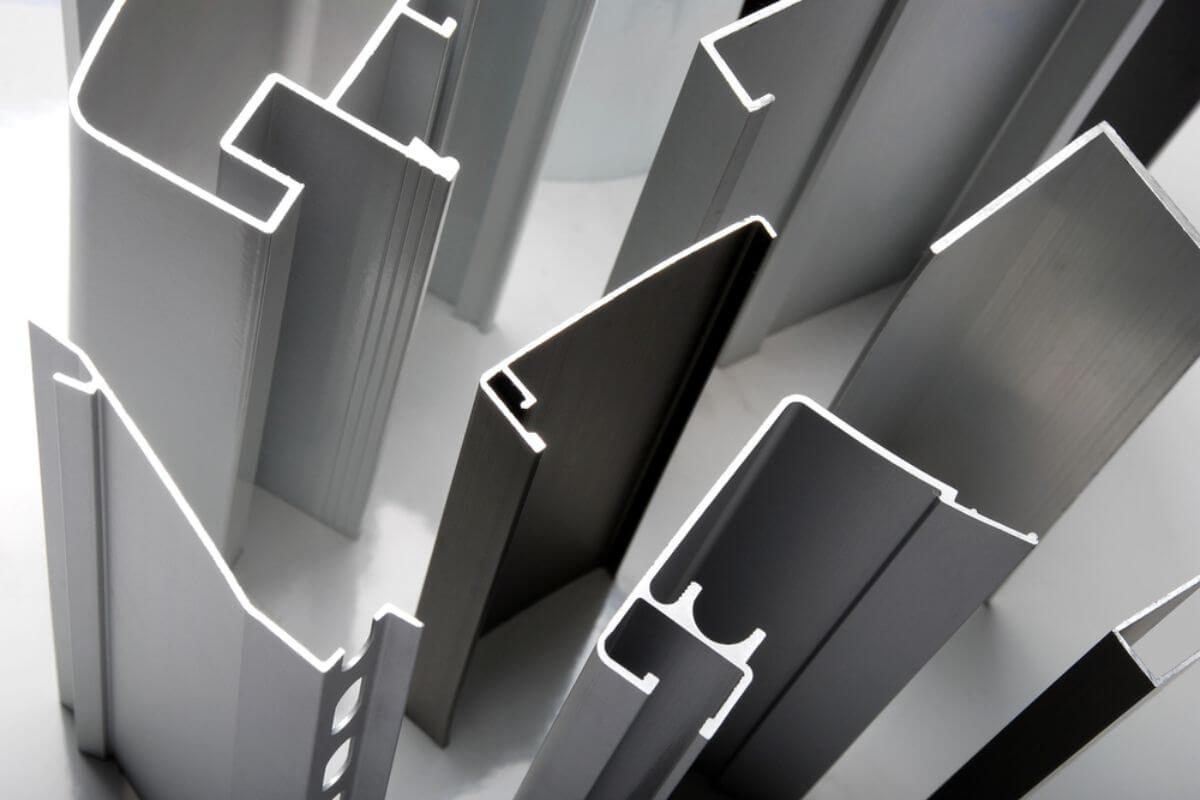How can you match aluminum profiles to swing door load requirements?
- Assess the total weight of the swing door
- Inspect the thickness and reinforcement
- Consider the size and height of the door
- Evaluate the hinge placement and support points
- Check the type of glass or panel material used
- Align with the profile design and the intended application
Overview
- Selecting the right aluminum profile is vital for swing doors, which endure heavy use and constant motion.
- Key factors include door weight, profile thickness, size, hinge placement, and panel material.
- AMC Aluminum offers ISO-grade profiles designed for strength, stability, and long-term performance, ensuring durable, seamless operation in any application.
Choosing the right swing door means ensuring strength and reliability. Since these doors endure constant motion and heavy use, the wrong aluminum profile can lead to sagging, misalignment, or premature wear—compromising both durability and performance.
That’s why understanding how to match aluminum profiles to swing door load requirements is more crucial than ever. Here’s what you need to know about this matter.
Assess the Total Weight of the Swing Door
A swing door’s performance heavily relies on whether its supporting profile can manage the weight it carries. If the door is too tough for the selected aluminum profile, problems like sagging, poor alignment, or premature wear can immediately happen, affecting safety and usability.
To prevent this, the total weight must include not just the door panel itself but also the glass, hardware, and any additional fixtures. Matching these calculations with the load-bearing capacity of the profile guarantees stability and allows the door to operate seamlessly for years.
Inspect the Thickness and Reinforcement

The durability of swing doors largely depends on the thickness and reinforcement of the aluminum profile used. Thicker profiles provide stronger support, while reinforced designs enhance resistance to bending or warping under continuous use. Careful inspection ensures the profile can withstand long-term stress without losing its shape or stability.
Consider the Size and Height of the Door
The total size and height of a swing door directly impact the pressure placed on its frame and aluminum profile. Larger and taller doors exert greater stress, needing profiles that can manage extra load without sagging or distorting.
Opting for profiles that are proportionate to the door’s dimensions ensures smoother operation and long-term sturdiness. This careful consideration prevents challenges like misalignment or excessive strain on hinges in the long run.
Evaluate the Hinge Placement and Support Points
The way hinges are positioned is crucial in how weight is distributed across the swing door. Poorly placed or insufficient support points may result in unjust stress on the aluminum profile, causing it to warp or loosen over time.
By ensuring hinges are strategically aligned and appropriately reinforced, the load is balanced more efficiently. This optimizes the longevity of the profile and the door, allowing smoother and longer performance.
Check the Type of Glass or Panel Material Used
The material utilized for the door panel greatly affects the total load the aluminum profile must carry. Dense glass, laminated panels, or solid inserts call for stronger profiles that can resist extra weight without bending or sacrificing stability. Choosing a profile that matches the material’s density and weight guarantees balanced performance.
This compatibility prevents structural stress, minimizes wear on hinges, and maintains sleek door operation over the years.
Align With the Profile Design and the Intended Application
The profile’s layout must complement how the swing door will be used in day-to-day workflows. A residential interior door, for instance, has lighter requirements compared to a commercial entryway that endures frequent use and heavier loads.
Matching the profile to the right application also ensures great performance and safety. This alignment lowers the risk of premature damage, maintains durability, and ensures the door functions seamlessly under its particular operating conditions.
Partner With AMC Aluminum for Top-grade Aluminum Profiles!

Choosing the right aluminum profile for swing doors can surface different challenges. That’s why working with a dependable distributor makes all the difference. AMC Aluminum, an aluminum manufacturer in the Philippines, provides high-quality profiles to meet diverse load requirements, ensuring durability and reliability in every application.
With years of experience in the aluminum industry, our passionate team is ready to guide you in finding the best profile. Let us provide you with the best solutions for stronger, longer-lasting swing doors!
Key Takeaway
Finding the right balance between longevity, design, and functionality is essential when selecting door materials. By understanding how to match aluminum profiles to screen door requirements, you can ensure your door carries the intended load while maintaining smooth operation and reliable performance.
At AMC Aluminum, we provide premium-quality aluminum profiles engineered to meet diverse door applications with precision and strength. Contact us today to learn how we can help you build durable and dependable swing and screen doors.




.jpg)
.jpg)
.jpg)


